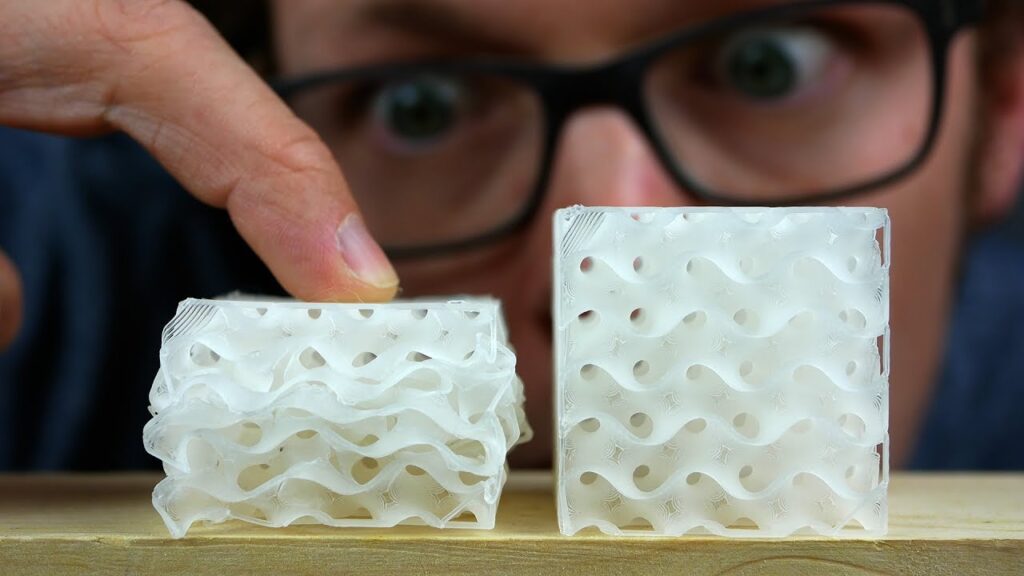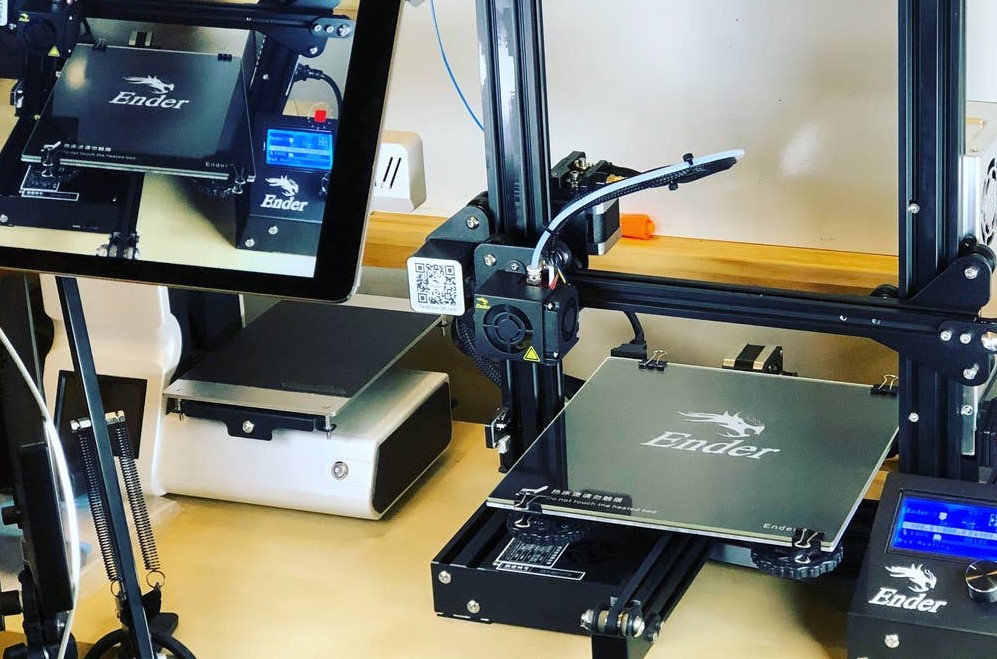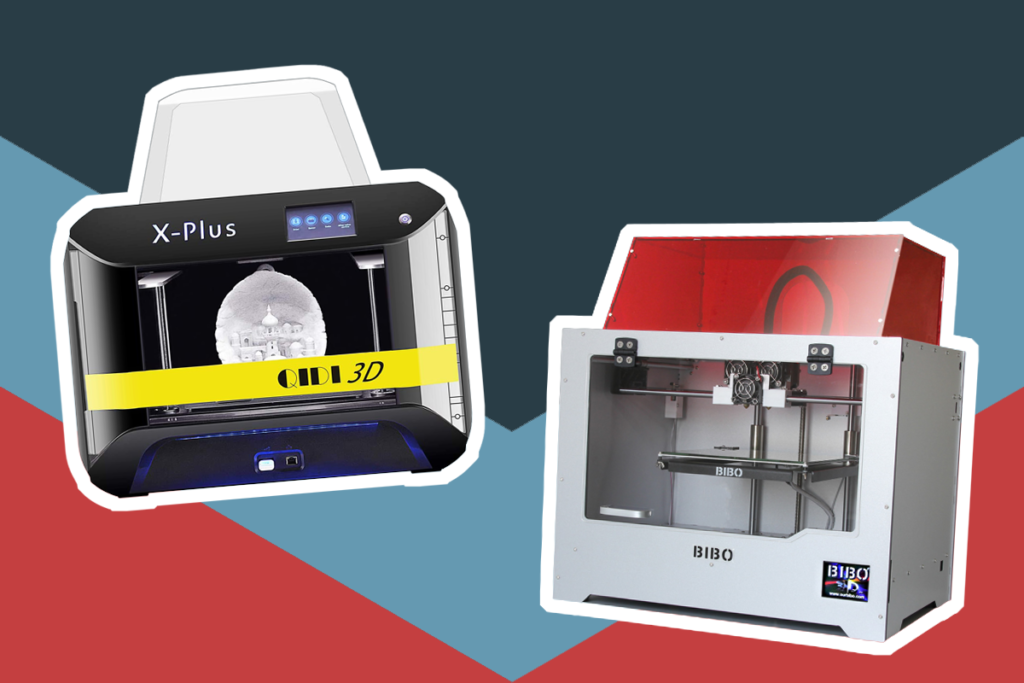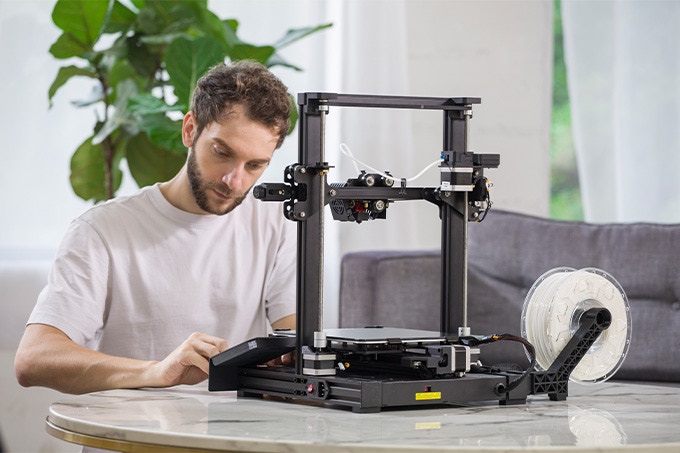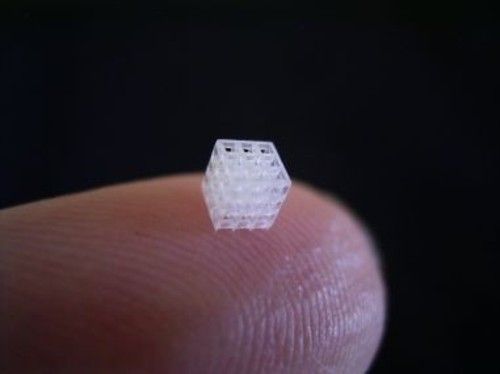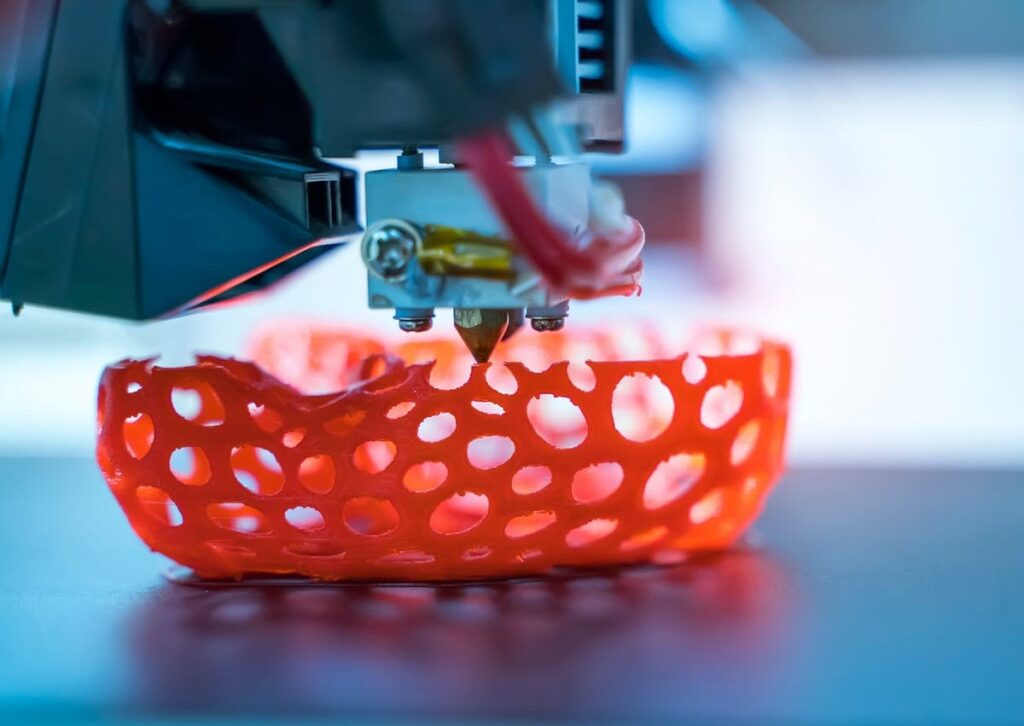

When printing with a 3D printer, keeping your printer bed leveled and at a consistent distance from the nozzle is important. But if you have used a printer with a manual leveling feature before, you’d know that adjusting the level repeatedly is a tedious process.
Yet, leveling is important if you want a perfect print. The simple solution to this problem is to purchase a unit with an auto-leveling feature. Read on for our pick of the top 5 products in this category and a buying guide to help you choose the right one for your needs. After hours of research, we awarded the ANYCUBIC Vyper with our Editor’s Choice nomination.
The Anycubic Vyper is a feature-packed 3D printer that comes at an affordable price point. It is very easy to set up and use, even for a novice. It offers a build volume of 240x240x265mm, dual-z-axis screws to keep the print head level during printing, and dual sensors on the z-axis, which ensure that the first layer is printed properly.
You’ll find many reviews comparing the Anycub Vyper to Creality’s CR-6 SE Printers. Both units have a similar design, and their prices are almost the same. However, the Anycubic Vyper is slightly cheaper. It also has a larger build volume and features upgrades over the competitor, such as a better extruder, a removable hotbed that makes it adhere better, and dual Z-axis endstops, which you rarely see in budget printers.
The CR-6 SE is a solid starter printer that delivers quite optimally with no stress. It feels a lot like the upgraded Ender 3 V2 that it is meant to be. The automatic bed leveling feature performs well, and we found the upgraded extruder equally impressive. If you’re in the market for a starter printer that delivers consistently and allows you to do more, then this unit is a good enough upgrade to consider.
As mentioned, the CR-6 SE is basically an improved version of the Ender3 V2 from Creality, an upgrade of Creality’s flagship budget printer (the Ender 3). The Ender 3 V2 features some notable improvements and extra features, but side by side with the CR-6 SE, it’s easy to see which is better. The Creality CR-6 SE offers more reliable operation. The automatic leveling feature is also absent in the Ender 3, and the CR-6 SE has a higher print volume. This unit is also often compared to the more expensive Anycubic Vyper. Both units are similar in design and performance, but the CR-6 SE is slightly costlier.
The Flashforge Adventurer 3 is a compact desktop FDM/FFF printer. The fully-enclosed printer is the first product in the company’s Adventurer series and is targeted specifically for educational purposes. Due to this reason, many of the unit’s key features, such as the removable print bed, built-in camera, and automated filament feeding mechanism, are focused more on usability. Hobbyists and professionals may not find this unit ideal for their needs, but it offers impressive all-around performance that will be good enough for lightweight printing. Beginners will also find it quite easy to use.
The Adventurer 3 comes at a decent price point. But to cater to users in search of an even cheaper printer, Flashforge also produced a Lite version of this product which comes at less than $300. The Flashforge Adventurer 3, which is the less-expensive sibling to the Adventurer 3, is similar to it in terms of basic features. Both units also offer similar print quality, but the Adventurer 3 comes with an integrated webcam and an automated filament runout sensor that is not present on the Lite version.
The Adventurer 3’s main selling point has to be the ease of use. We found the removable print surface quite flexible and handy, which makes it quite easy to remove finished prints. The Adventurer also has a touchscreen interface with a clean and intuitive user interface. The tool head features built-in LEDs that illuminate the print area during operation. The unit also features a camera that makes it possible to monitor the printing remotely when printing from the cloud.
There’s no 3D printer out there that is suitable for all use and purpose. This is why you need the things to look out for to make the right decision. The following are some of the things you need to know about 3D printers with auto-leveling features before making your decision.
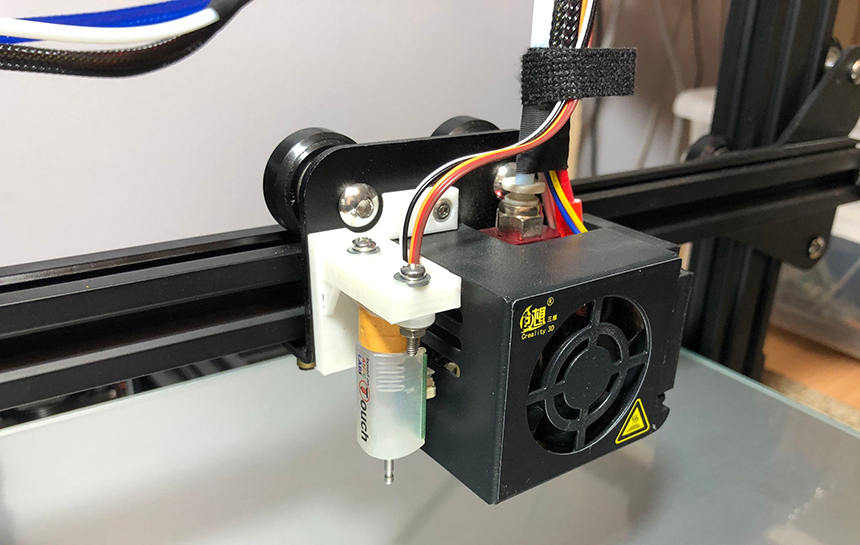
3D printers with an automatic feature typically have some sort of proximity sensor near the tip of the extruder. The sensor will automatically probe various locations on the build platform and use these measurements to determine the distance between the printing bed and the nozzle. This machine then uses this data to compute an accurate orientation for the print bed while considering the nozzle’s XY movement.
When printing begins, the printer’s software will continually use this data to adjust the position of the nozzle with respect to the print bed. This way, it always keeps the nozzle at a perfect distance from the bed, even if the platform becomes unleveled at any point during the printing.
An unleveled printing bed can cause a wide range of layering issues with your printing. Typically, it can lead to poor layer adhesion to the print bed or cause the extruder to become clogged. You may also end up with scratch marks on the build surface of your print. While many units have screws to adjust the bed leveling manually, an automatic leveler ensures that you won’t have to repeat this process manually after every print or if the bed goes into alignment during printing.
Ensuring that a printer that you intend to purchase has an auto-leveling feature can save you a lot of stress. However, we doubt if this is the only thing you’ll want to look out for in a 3D printer. Printers with an auto-leveling feature are not born equal. The following are some of the essential features that should inform your decision of which unit to buy.
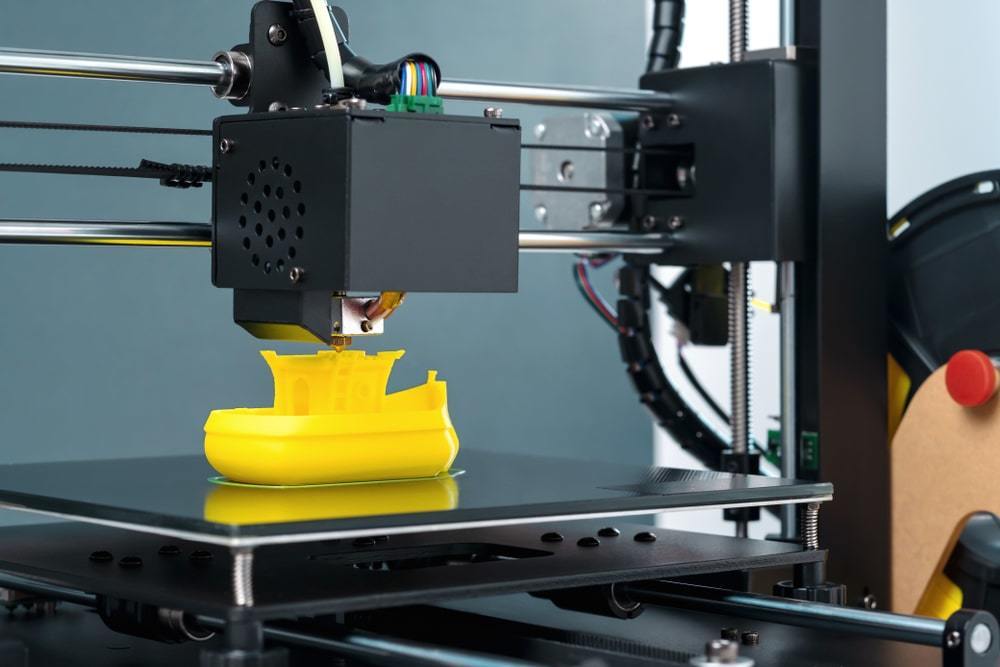
3D printers are grouped into various categories depending on the type of printing technology they operate on. Fused Deposition Modeling Printers are the most popular type of printer among hobbyists. These types of printers extrude a plastic material called filament to create 3D objects. Others such as Stereolithographic and Digital Light Processing (SLA and DLP) printers make use of liquid resins for printing. Each of these printer types has its specific pros and cons that you must weigh before you decide to buy or not.
Since 3D printers come in a variety of shapes and sizes, the build volume is arguably one of the most important things to look out for when you’re looking to buy a 3D printer. This criterion determines the maximum size of the object that you can create with it.
Basically, the higher the build volume, the larger the size of the prints that you can produce with it. Generally, we’d say you should go for the biggest unit you can find, but since large printers tend to be more expensive, better advice would be to go for the largest printer you can afford.
The resolution of your 3D printer has a major impact on the quality of the final print. This parameter (measured in Micron) varies from one unit to the other and can be varied in various ways depending on the type of printer you buy. Generally, we recommend you go for a printer with a resolution that is as high as possible and is also easy to adjust. FDM printers typically have a lower resolution, but they are easier to adjust by simply varying the belt tension and layer height. Resin printers, on the other hand, tend to have a higher resolution. But their range is a lot more limited.
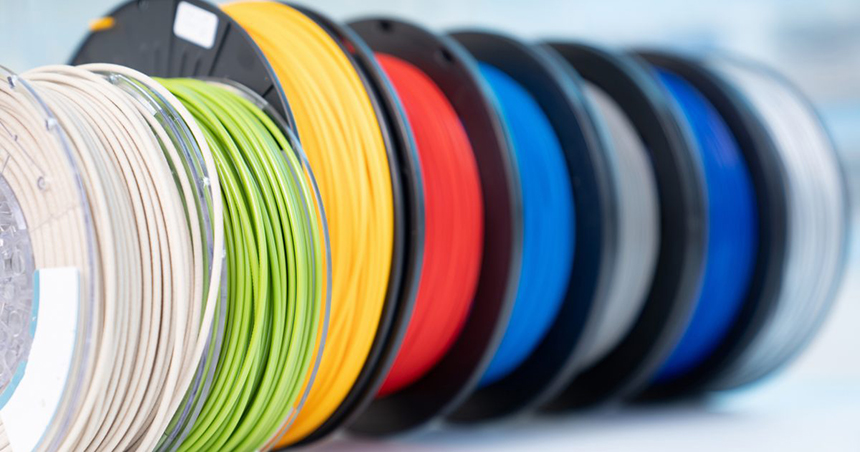
3D printers work by heating a filament material Trusted Source 3D Printer Filaments Explained | PCMag We break down the pros and cons of the various types of 3D printing materials, as well as some basics you’ll need to know before you make your first prints. www.pcmag.com (usually ABS and PLA, but there are several others) to a high temperature before remolding it into the desired shape. But there are different types of filament materials suitable for different purposes. Since not every printer is suited for handling any type of material, you have to look for a unit that will deliver well with the type of materials you will love to use. Research your material choice first, then shop for a printer that supports this material before you make a purchase.
The truth is, even the most advanced 3D printers will still take a while to finish a print. How much time you’ll need will also depend on the size and complexity of your print project. But while print speed is relative, it still varies from one unit to the other. Generally, low-budget printers will print very slowly (as low as 50mm per second). But pricier units are faster. Some may print as fast as 200mm per second. It is important to note that in 3D printing, speed isn’t all that matters. In fact, printing too fast can create some obvious layering problems in your final model.
3D printers need two types of software to work. The printer unit itself has its own software (called a slicer), while the computer connected to it also has its own software (known as firmware) for creating the 3D printer file.
The two most popular slicer software you’ll find in most 3D printers are Cura and Slic3r. But there are others as well. As for the firmware, most printers use the Marlin Firmware Trusted Source Marlin (firmware) - Wikipedia The firmware is created by a community of contributors, with Scott Lahteine (aka Thinkyhead) as the main developer. en.wikipedia.org . But the exact firmware that will be compatible with your printer would vary. Hence, you should check to see the type of firmware that the unit you’re considering uses.
From this review, our pick of the best 3d printer with an auto-leveling feature is the ANYCUBIC Vyper, this full-featured unit is designed to deliver efficiently for both hobbyists and professional users. The Creality CR-6 SE is great as well but comes at a slightly higher price point compared to the Vyper.
If you’re looking for a unit to buy for educational purposes or a beginner model, the FlashForge Adventurer 3 would be an ideal choice. It is fully enclosed for added safety and protection. We love the Tronxy X5SA. It is a solid and well-made unit with the added benefits of quiet operation. Last on our list of best auto-leveling 3D printers is FlashForge Adventurer Lite. This is our best value pick as it comes at an affordable price point and offers impressive features for a budget unit. All of these products are impressive, and the ideal one for you will depend on your specific needs.
